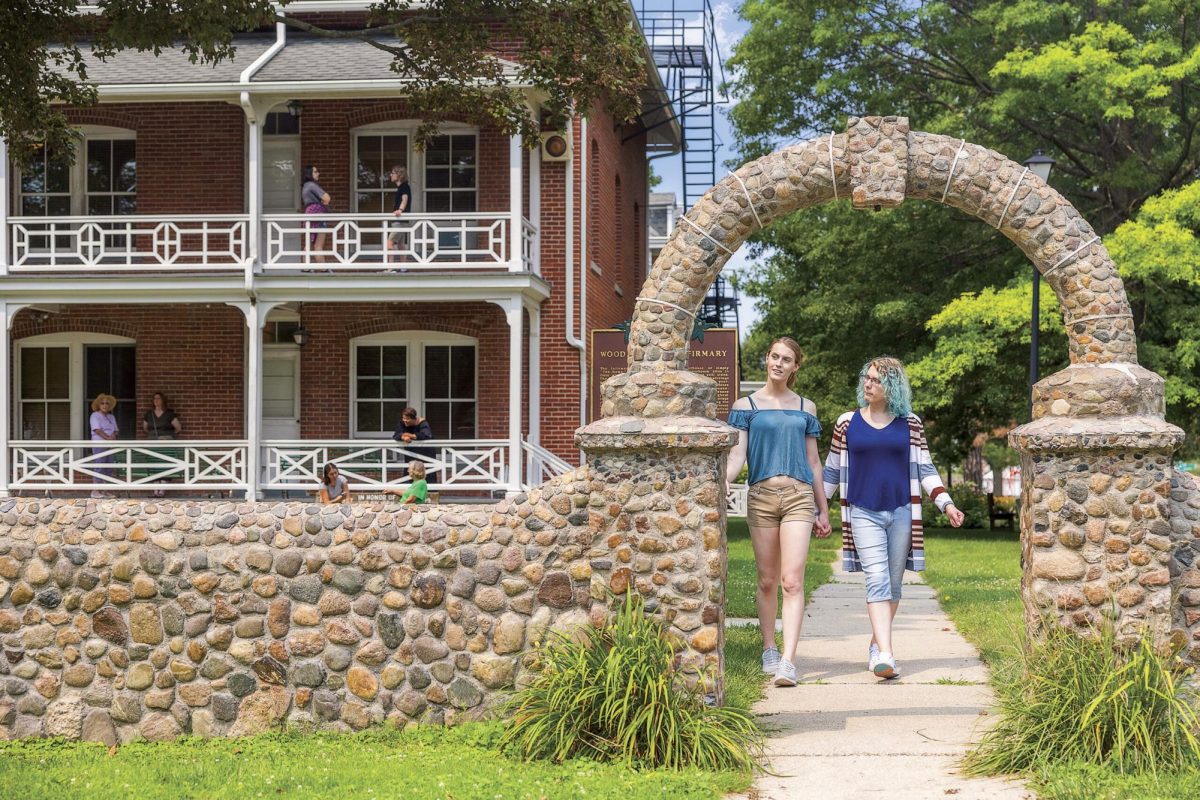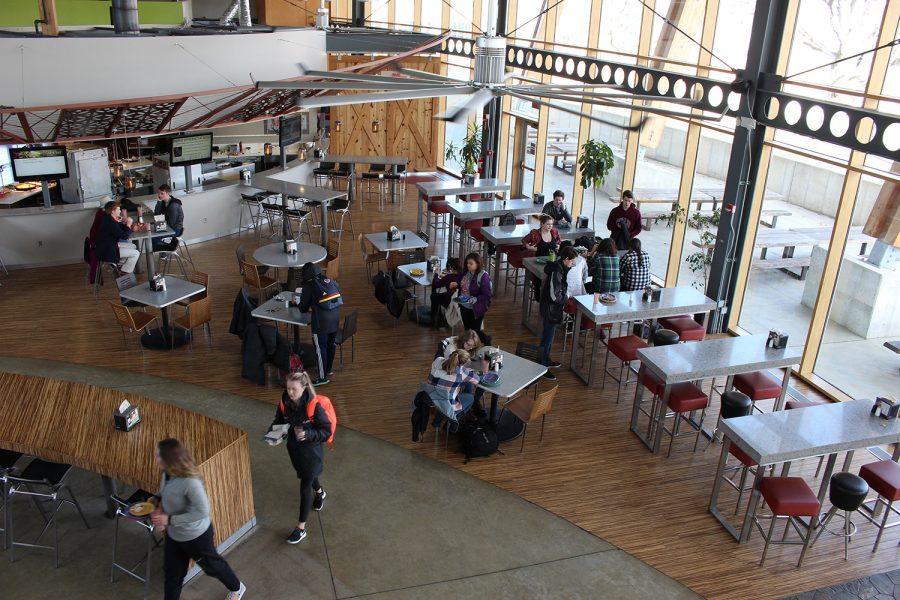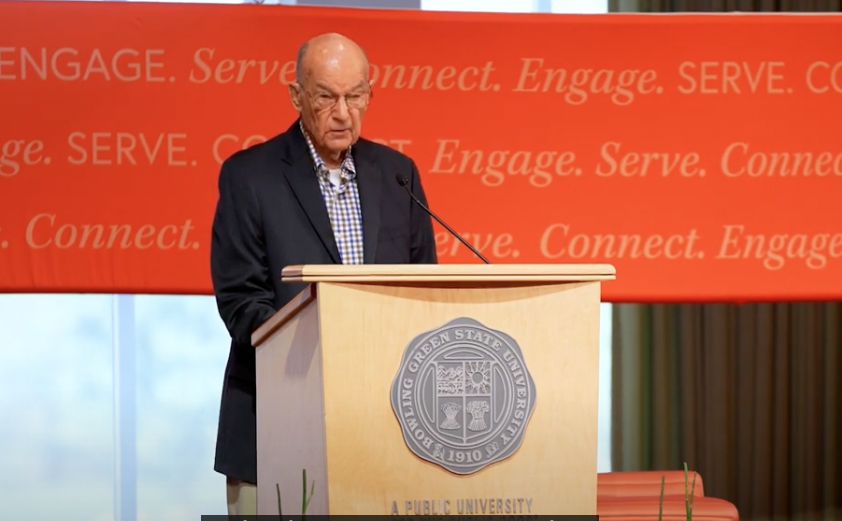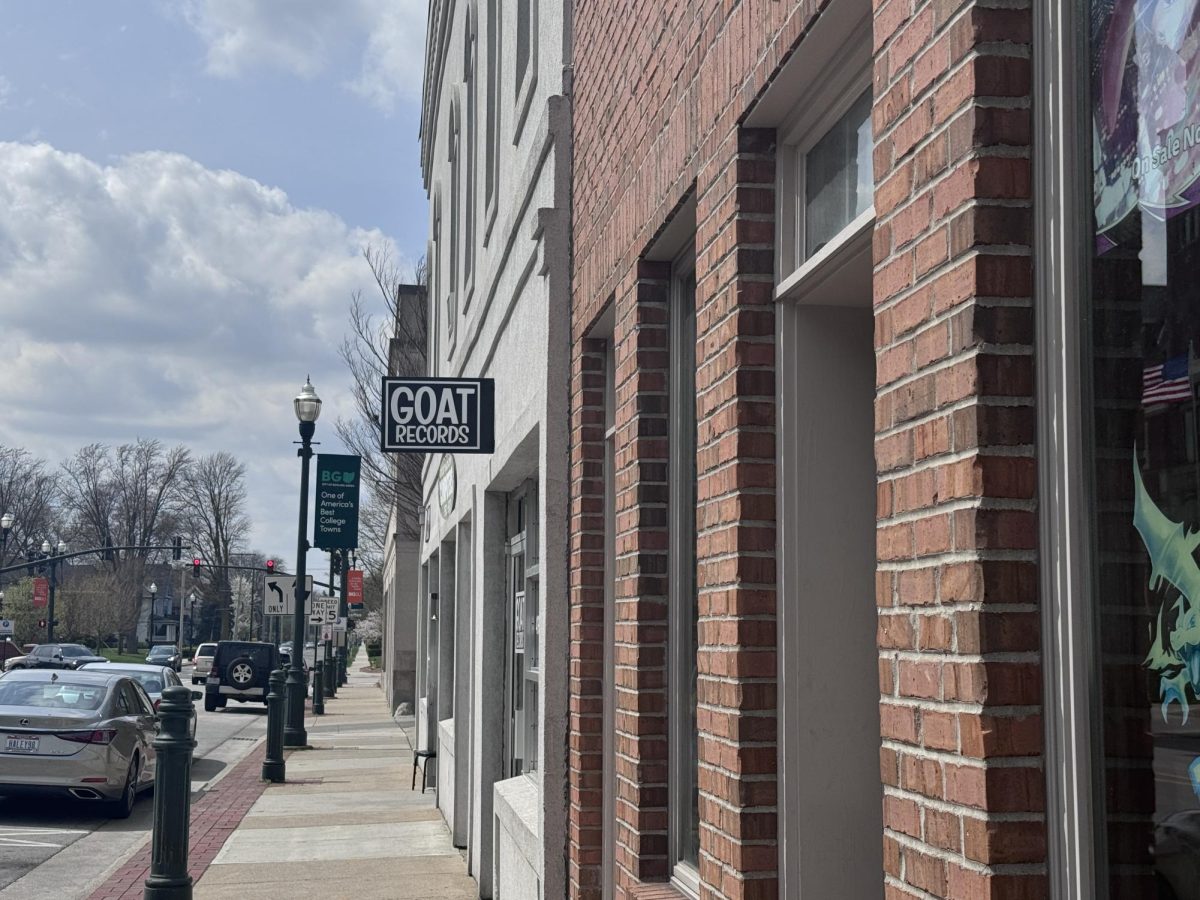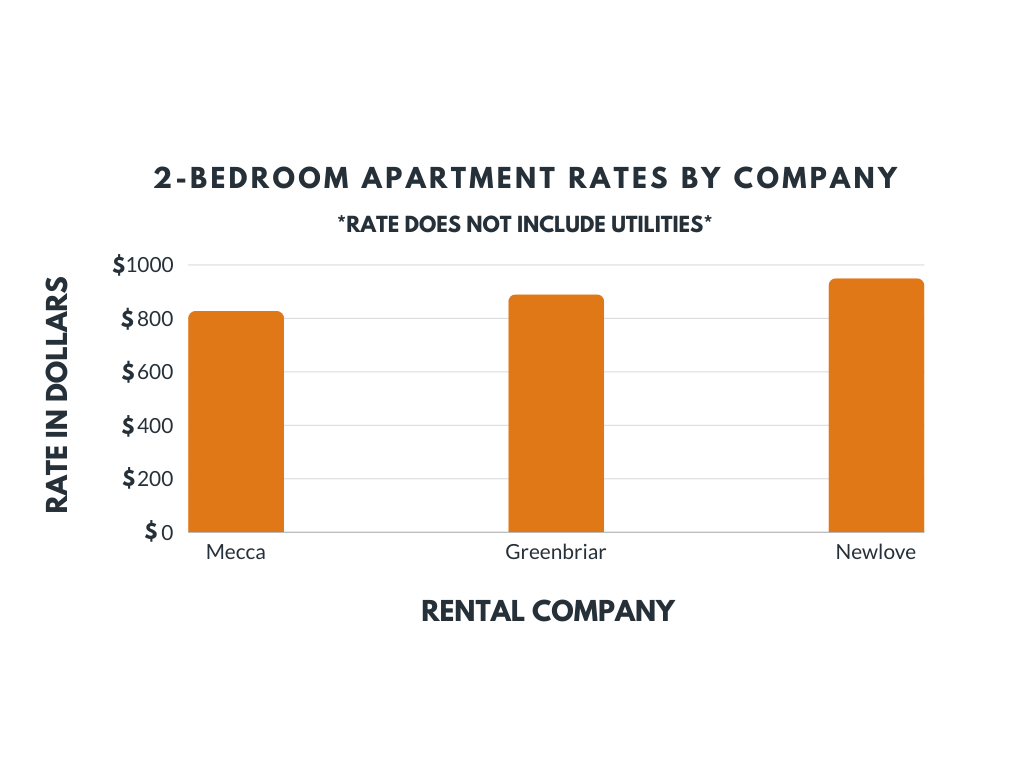With the 2016-17 school year coming to an end, students can expect changes when they come back in the fall to move into their dorms and eat at dining halls. Next year, there will be changes in the prices of meal plans and room rates.
The University Board of Trustees recently approved an increase in room rates for the 2017-18 academic school year by 2.1 percent and the meal plans by roughly 3.0 percent.
Sherideen Stoll, the chief financial officer and vice president of finance and administration, discussed the factors that were involved in the decision to increase the pricing.
“I think the best place to gather these factors comes from the background to the board resolutions, which we develop and present to the board at the time we ask them to consider taking an action,” Stoll said.
“When one food plan increases, it is normal for all to increase as the plans are based on the same basic assumptions,” Stoll continued. “The only difference between food plans is in the size (and) quantity of meals provided. So if food costs rise or labor costs increase, it will affect all food plans.”
Some of the factors that contributed to the increases were the vital need to reinvest in both new and existing housing facilities and the need to insure the price of existing University options were appropriate and competitive given the external market.
The meal plan rate takes into account labor costs, benefit increases and other operational expenses as they continue to change over time, causing a recommended increase for the 2017-18 school year. Though students will be impacted financially there is some reasoning behind the increases.
“It’s probably easier to understand the additional benefits from the food plan increase,” Stoll said. “We have, and will continue to find, multiple ways to keep costs down. However, as the cost of providing meals increase, the University must eventually make some choices.”
Stoll said the University could switch to lower quality meats, less expensive ingredients or fewer fresh ingredients, but the University would prefer to increase food plan rates because they believe quality food service options are important to student and faculty.
According to University research that included surveys and focus groups, most of University stakeholders preferred higher quality, fresh product over lower quality product. That was the biggest reason, Stoll said, the board sought the increase in meal plans.
However, the explanation for the room rate increase was different. “Some of the same cost increases experienced by dining are also experienced in (Resident’s) Life,” Stoll said. Labor, benefit costs, utility costs and most operational costs experience increases over time.
Additionally, learning from prior experiences, the board and the University have committed themselves to regular routine repairs and maintenance in residence halls.
This includes establishing a regular cycle for replacing furniture, carpeting, re-painting and general refreshing of residential facilities, so they remain in good condition and desirable to live in for present and future students.
“It’s not always easy to notice when a building is regularly, properly maintained.” Stoll said.
Unfortunately, when a building, furniture, cooling systems, windows, mattresses or plumbing systems have not been maintained, it is easier to notice.
The board is aware of the negative impact on student recruitment and retention if the University does not regularly reinvest in residence halls.
Board member Steve Daley proposed the changes to the room rates and meal plan prices.
“Steve Daley is the chair of the Finance and Facilities subcommittee of the Board of Trustees,” Stoll said. “As the chair, he is expected to lead the subcommittee meeting in the morning and then to do the reporting out to the full Board, including introducing all the proposed action items, at the board’s formal afternoon meeting.”
She also said next year, the Finance and Facilities committee will likely have a different chair as they rotate every year.
“Compared to our peers, Bowling Green State University has done very well restraining room and board rate increases over the past five years, along with the meal plans,” Stoll said.
For more information about on 2017-2018 meal plans visit www.bgsu.edu for more information.








